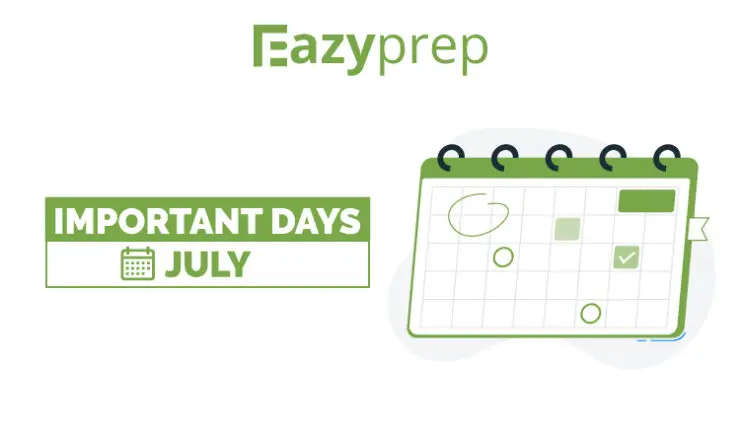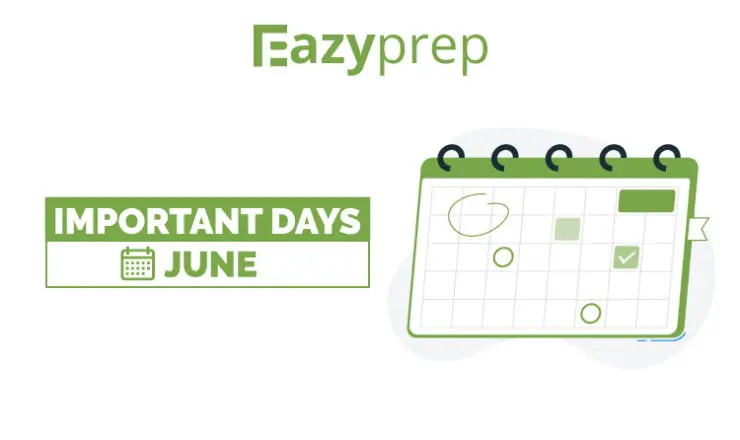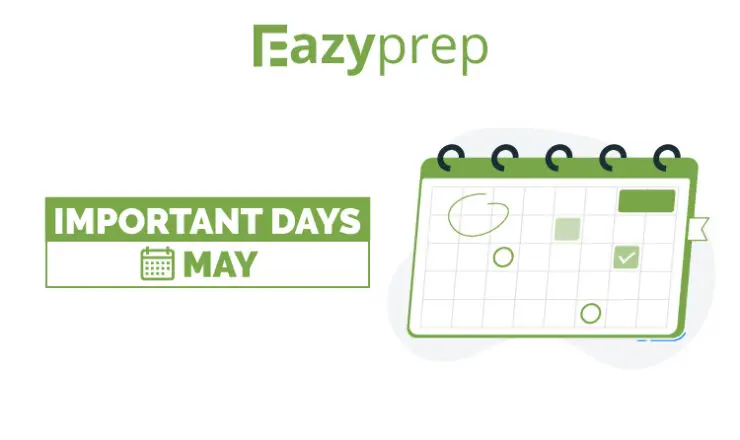![]()
 What will you learn in this chapter?
What will you learn in this chapter?
- What is Factorial and its properties
- What is Permutation and its important formulae
- Permutations of repeated objects
- Circular Permutations
- What is Combination and its important formulae
 Exam Connect
Exam Connect
Questions from this topic are often asked in competitive exams. In addition, it very important to learn this topic because sometimes other topics like probability, is asked combined with permutation and combination.
Factorial of a given number
Factorial is the very basic concept that you’ll be using while solving questions based on Permutation and Combination. Factorial is the process of multiplying all the positive integers that comes before a given number. In simple terms, Factorial is the process of finding the product of all natural numbers till we get to the given number. It is denoted using an exclamation mark i.e. ‘!’ or sometimes using ‘|_’.
Permutations
Definition and Representation
Permutation is defined as the way of coming up with different types of arrangements for a given number of things by taking some or all the things at the same time. In simple terms, permutation is the process of arranging things in different ways by taking some or all the things at the same time.
Permutation is denoted as ‘nPr’ or ‘P (n, r)’, where ‘n’ is the given number of things and ‘r’ is the number of things taken at a time. For example, if we are given 6 objects and we are asked to determine the number of arrangements we can do by taking 4 out of 6 objects at a time, then the permutation is given as 6P4.
Formulae based on Permutation
There are three different concepts based on formulae for Permutation. They are:
- The general formula for permutation is given as:
nPr = n!/(n-r!)
- When n = r, then the permutation is given as:
nPn = n!
- When the permutation is asked to be defined in Binomial form, then the permutation is given as:
nPr = n – 1Pr + r.n – 1Pr – 1
Permutations of Repeated Objects
Sometimes, it is said in the question that some given objects are ‘alike’. This means that there are repeated objects in that permutation. Now, to find the permutation in such cases, follow this simple concept that we’ll study right now.
Suppose, a total ‘n’ number of objects are given in which ‘p’ number of objects are alike i.e. are of one kind, another ‘q’ number of objects are alike i.e. are of another kind and the remaining objects are different. Now, if all ‘n’ number of objects are taken at a time, then the permutation is given as:
n!/(p! × q!)
Combinations
Definition and Representation
Combination is the process in which some or all objects can be categorized into groups, irrespective of their arrangements. In simple terms, the categorization of given objects into groups is known as combination. The main difference between permutation and combination is ordering. That is, in permutation, we need to care about the way objects are arranged orderly. However, in combination, we don’t need to care about the order as we’ll be putting the given objects into groups irrespective of their arrangements.
Combination is denoted as nCr or C (n, r), where ‘n’ is the given number of objects and ‘r’ is the number of objects taken at a time. For example, if the total number of objects is 6 and we have to categorize these objects into groups by taking 4 objects at a time, then the combination is given as 6C4 or C (6, 4).
Formulae based on Combination
There are six different concepts based on formulae for Combination. They are:
- The general formula of combination is given as:
nCr = n!/(r!n-r!), where 1≤r≤n
- When n = r, then the combination is given as:
nCn = 1
- When r = 0, then the combination is given as:
nC0 = 1
- nCr for a given number of objects is always equal to nCn-r. That is,
nCn – r = n! / [(n – r)! (n – (n – r)!]
= n! / [(n – r)! (n – n + r)!]
= n! / (n – r)!r! = nCr
- When nCp = nCq, then either p = q or n = p + q
- When the combination is asked to be expressed using Binomial Theorem, it is given as:
nCr + nCr – 1 = n + 1Cr


